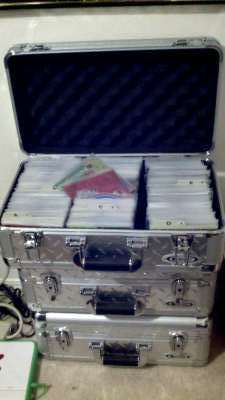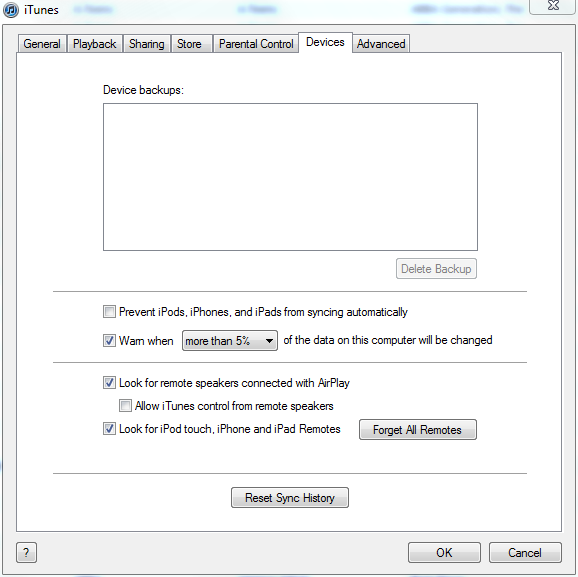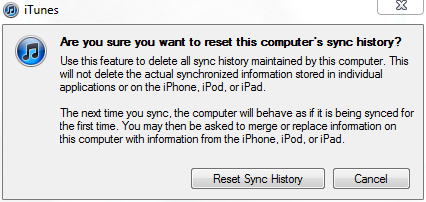iTunes Crashes on One Bad Track
My iTunes library is currently around 160GB, much of which is stored in Apple Lossless format. I also have podcasts, TV shows, and movies in the library. I have a 160GB iPod Classic. I want all of it on the iPod.
Luckily, iTunes has this nifty option “Convert higher bit rate songs to 128 kbps AAC” which will, on the fly, convert the Apple Lossless stuff to smaller (and lower quality) files so it all fits. This is fine for my iPod since my major use case there is middle-of-the-road earphones at work and podcasts anyway.
The problem is, syncing that much and doing the conversion literally takes days. And if iTunes crashes in the middle… you basically get to start over.
What I’d find is about a day and a half in, I’d get a little dialog that would pop up and say “iTunes has stopped working.” From there, if I tried to start things running again, I’d get “Verifying iPod…” and nothing would happen. (I figured out how to get past the “Verifying iPod” message, but it still restarted the sync from the beginning.)
After a long process involving syncing small blocks of the library one at a time onto the iPod and which I’m now referring to as The Great iPod Sync of ‘10, I found the culprit: One. Single. Bad. Track.

See that track where Windows can’t pick up the metadata information? Of the over 14,500 tracks in the library, iTunes encountered this one bad track and died. Blammo.
(I didn’t discover it earlier because I wasn’t compressing and apparently iTunes will just blindly copy the bad track over without checking.)
Once I removed this track from the library, everything synchronized fine.
So… if you’re finding iTunes crashing in the middle of your sync over and over… go look to see if you have a bad track.
 I
admit I’m not the “standard” use case. I have a 160GB iPod Classic and
it’s not big enough. My iTunes music library is up in the 150GB range
and much of my music is stored in Apple Lossless format. It’s enough now
that if I sync the iPod and include the list of podcasts I listen to,
it’s more than 160GB.
I
admit I’m not the “standard” use case. I have a 160GB iPod Classic and
it’s not big enough. My iTunes music library is up in the 150GB range
and much of my music is stored in Apple Lossless format. It’s enough now
that if I sync the iPod and include the list of podcasts I listen to,
it’s more than 160GB.
